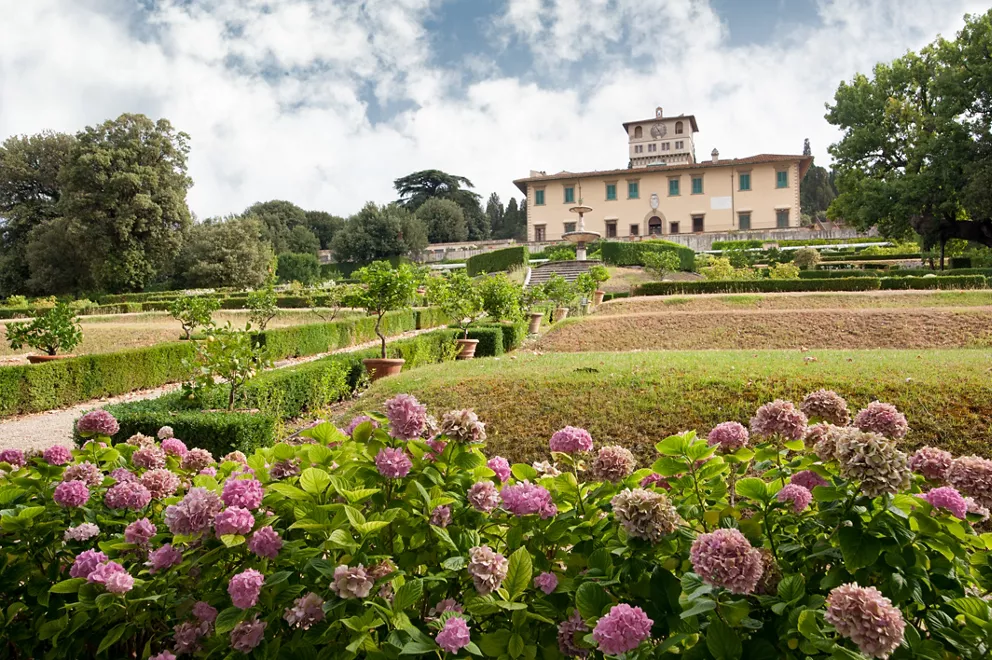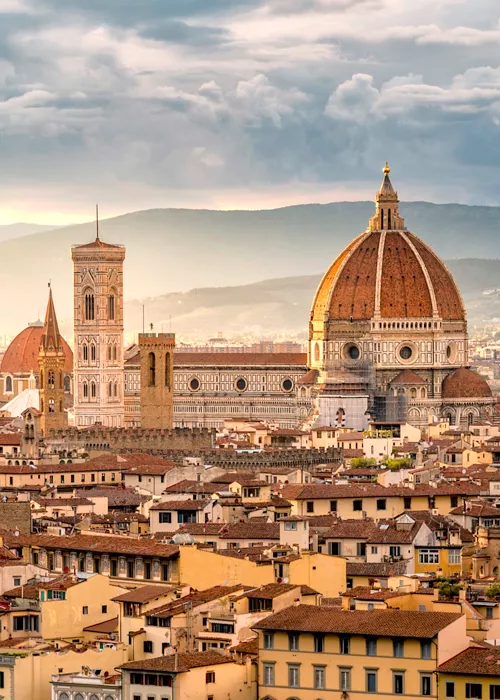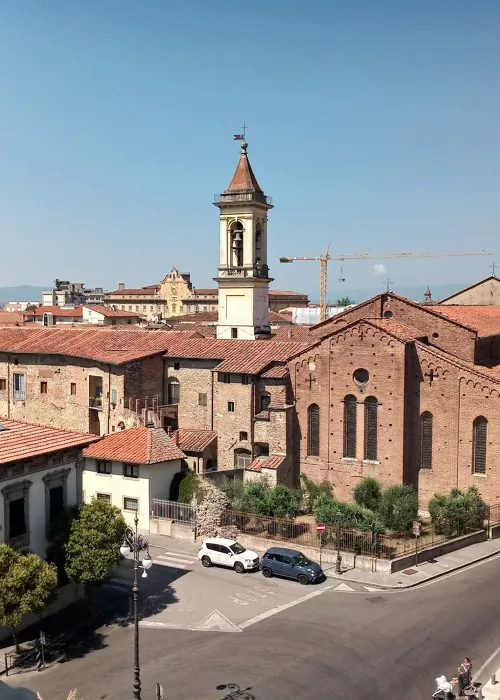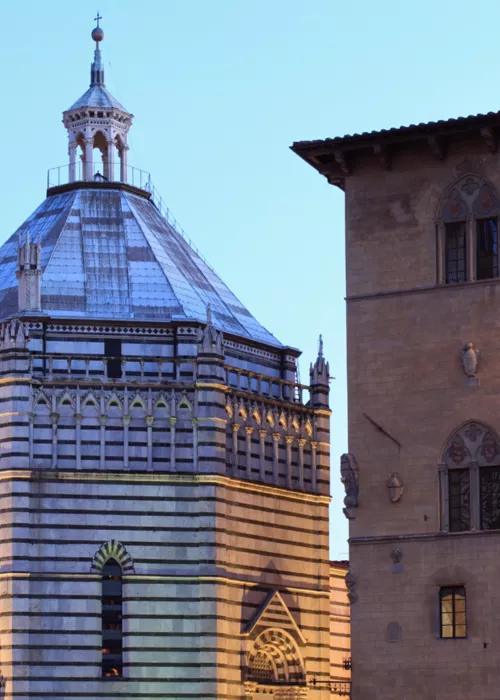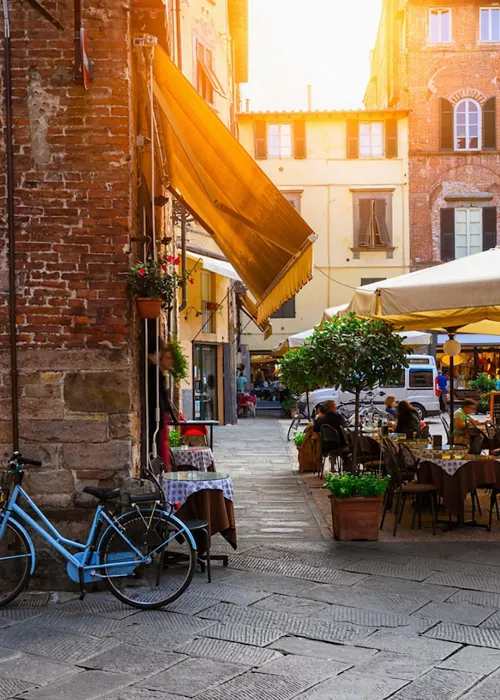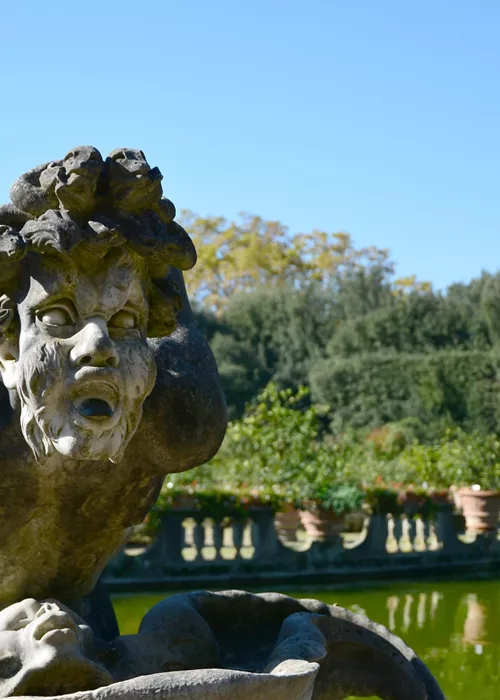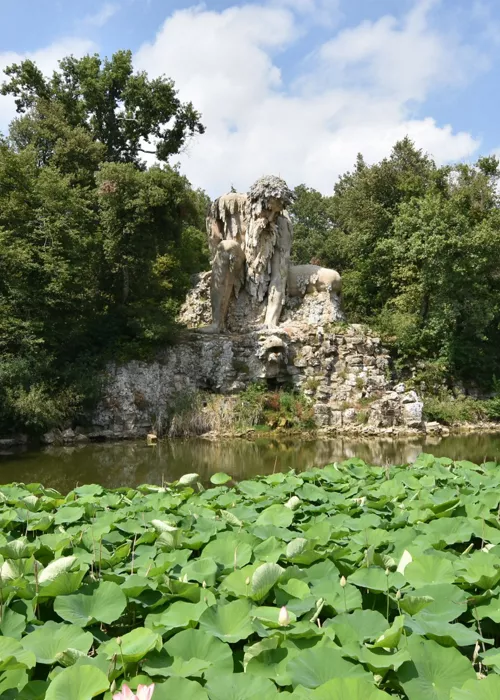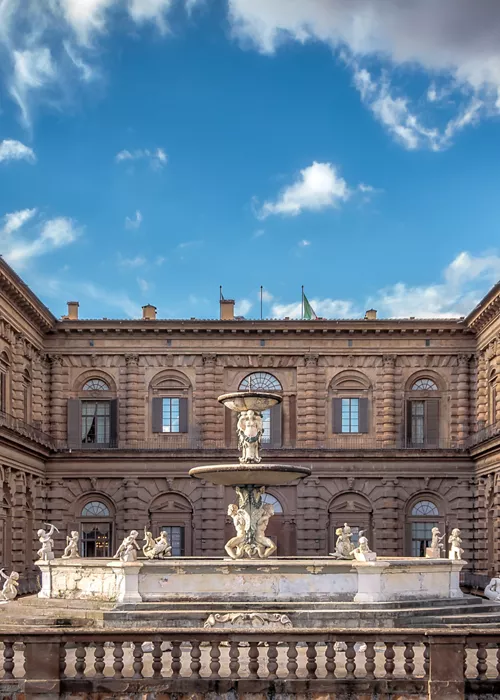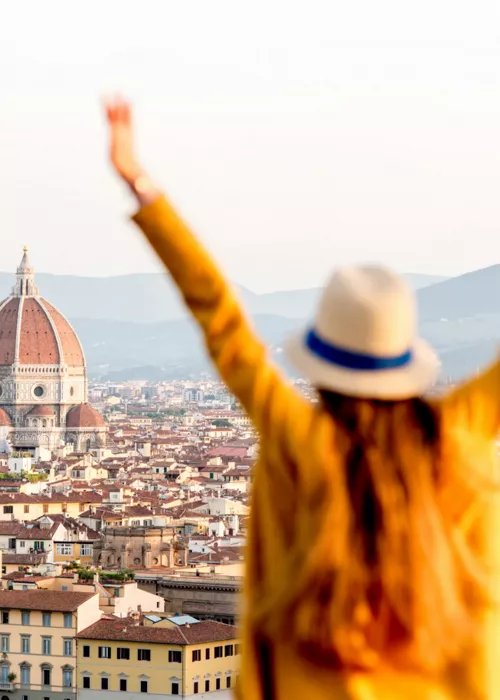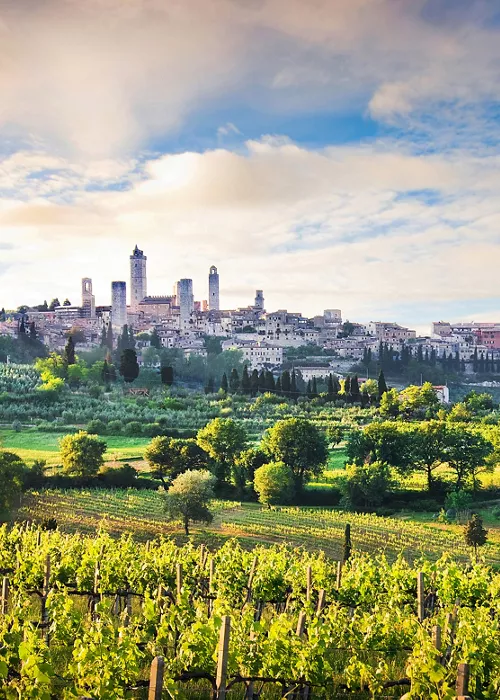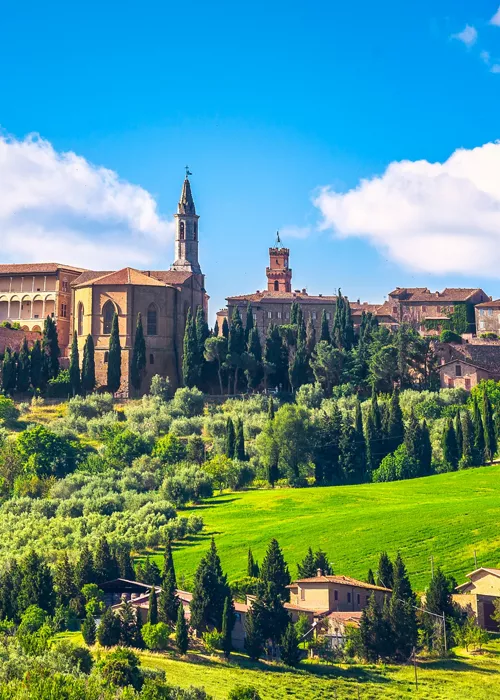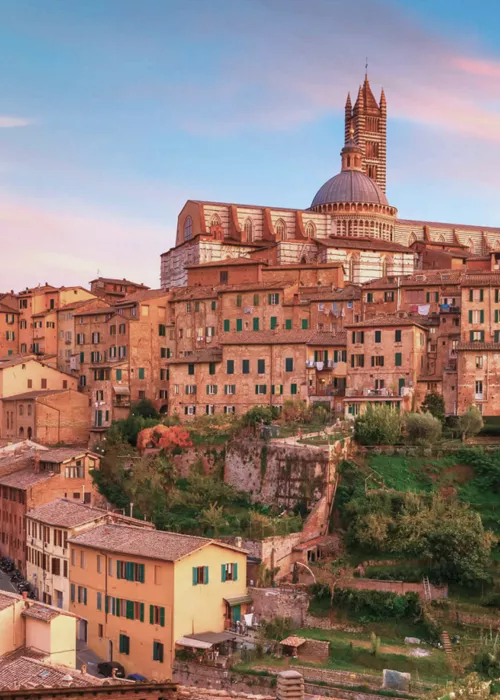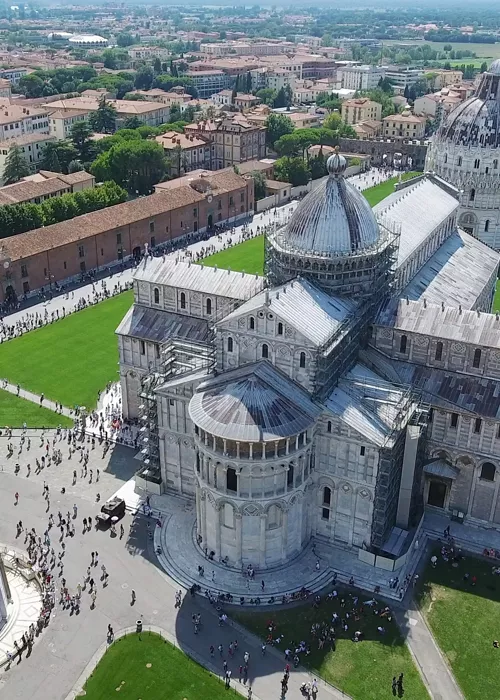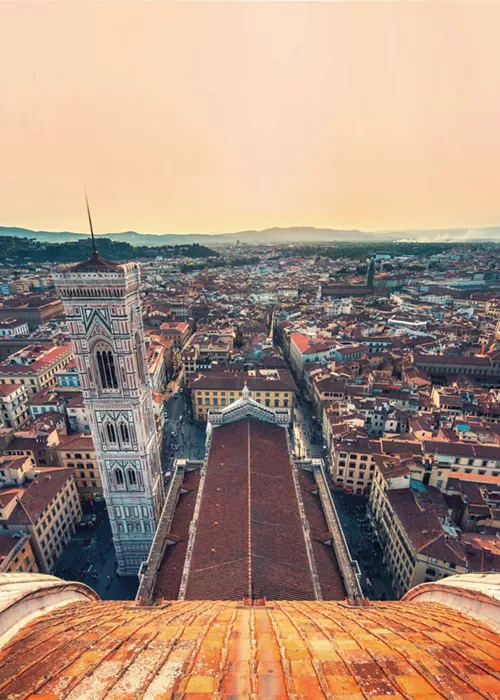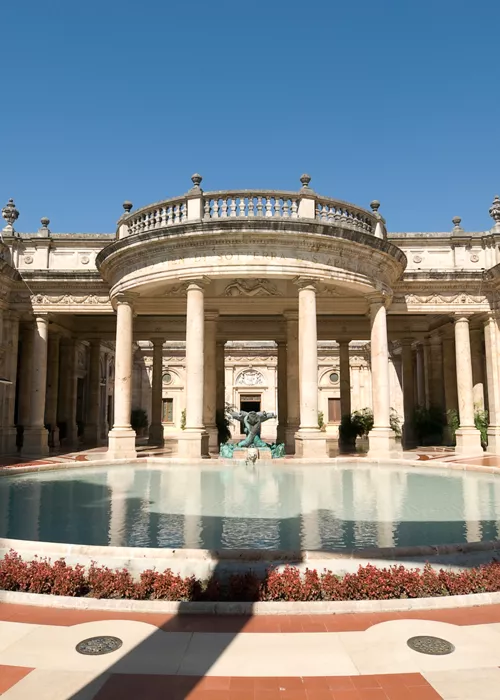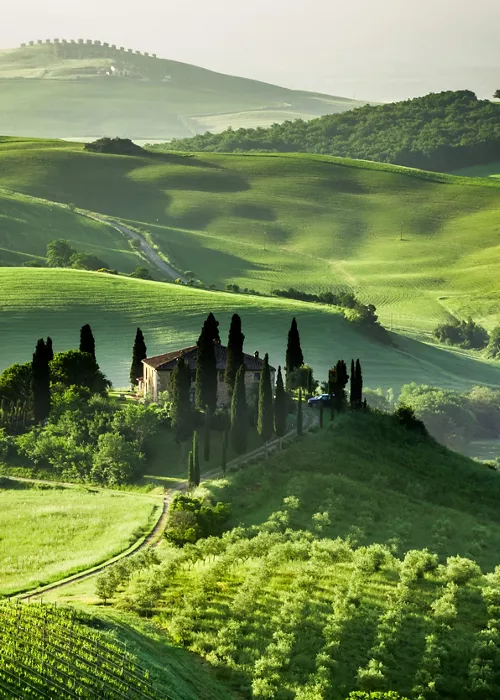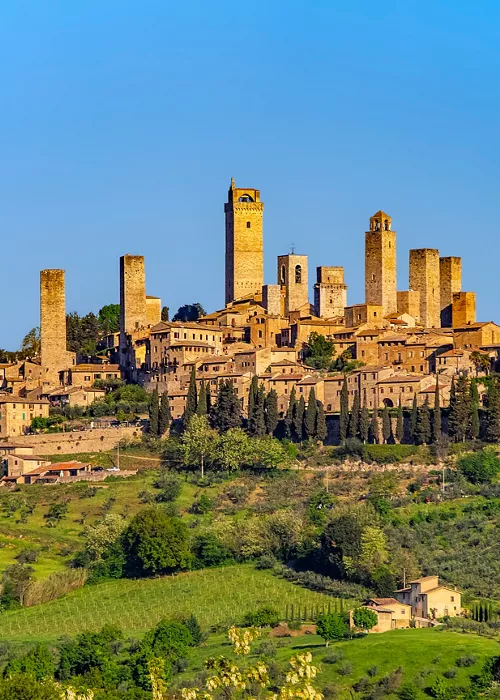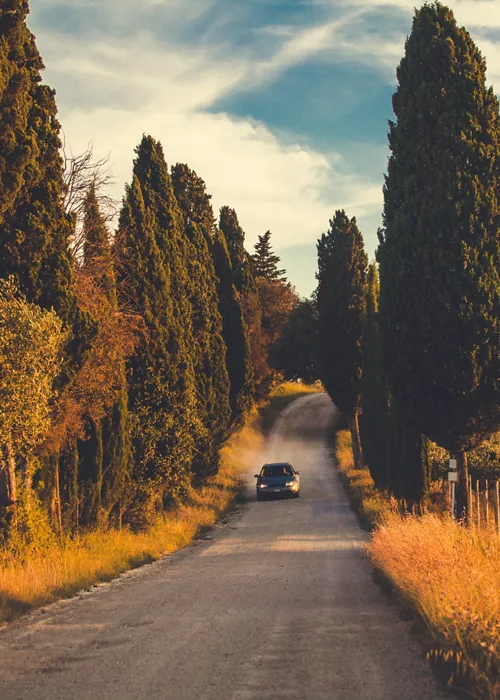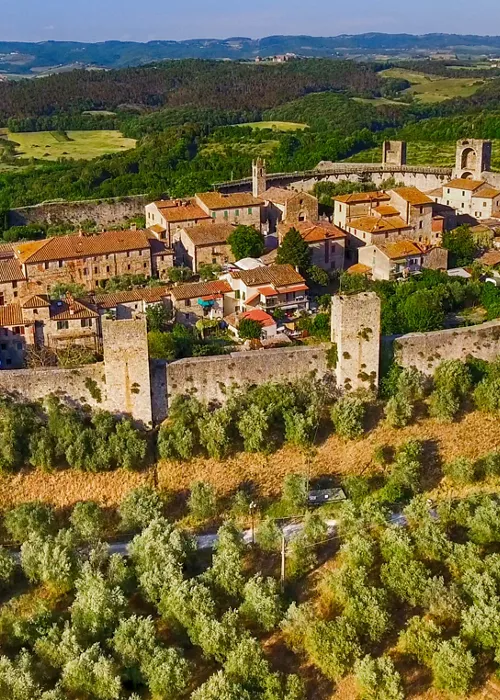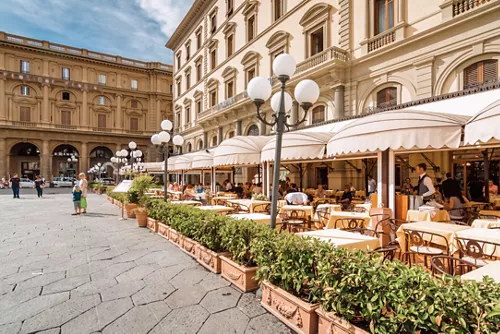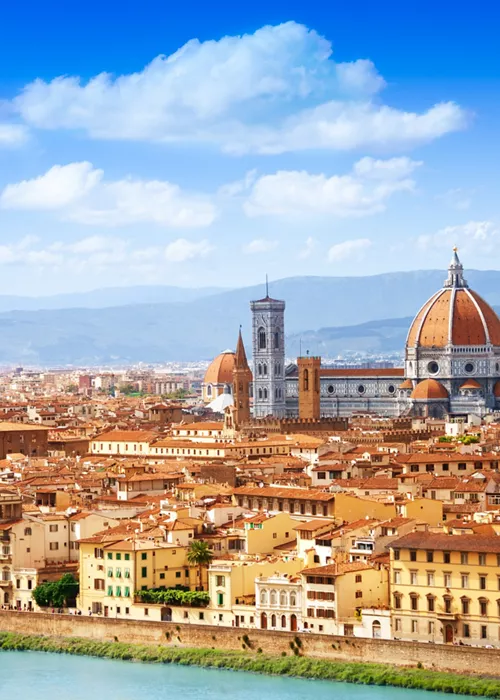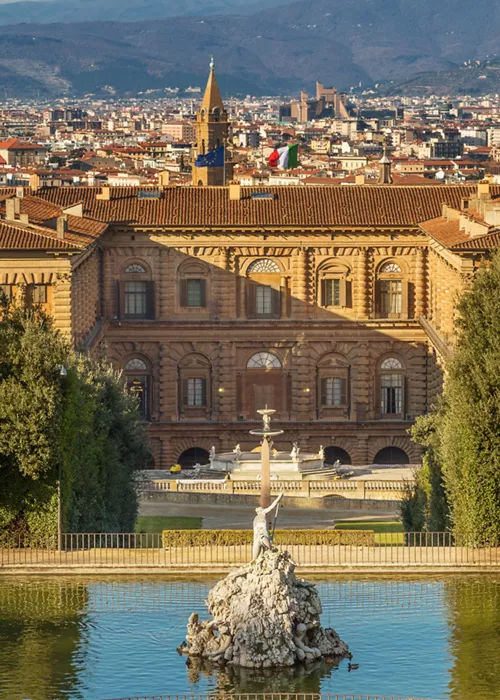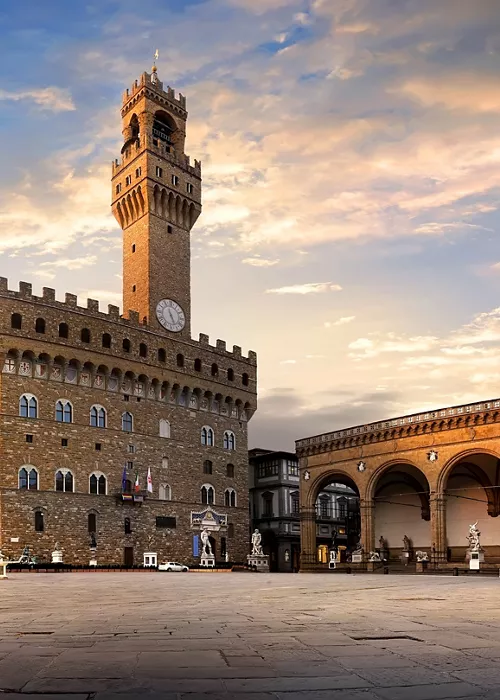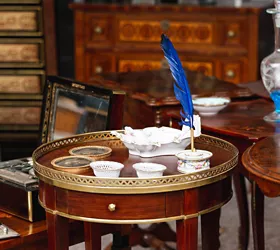The Medici Villas in Tuscany
4 minutes
The Medici Villas, on UNESCO’s World Heritage list since 2013, which offer a unique opportunity to discover the legendary Tuscany.
What are the Medici Villas in Tuscany and where are they located?
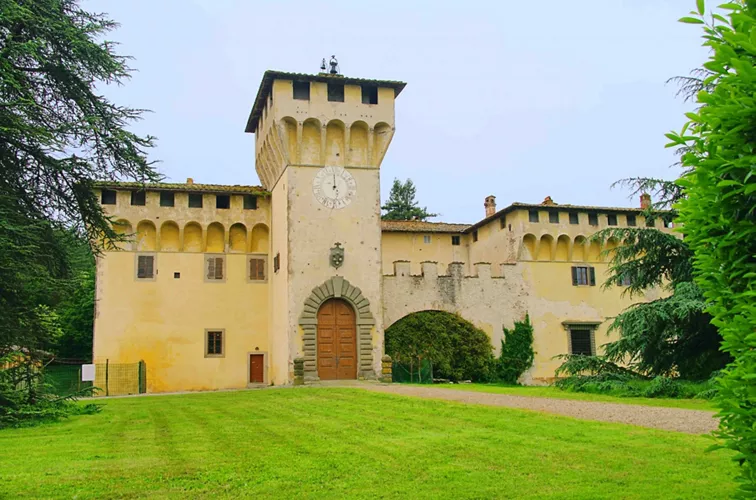
Built under Medici rule, between the 15th century and the early 18th century, the villas of the Medici are true jewels of Florentine Renaissance architecture. They consist of 12 villas and two ornamental Medici gardens dotted across the Tuscan landscape, between the four Tuscan provinces of Florence, Prato, Pistoia and Lucca.
The Medici villas represent a new type of princely residence with an aesthetic sensitivity to the landscape, a characteristic of Humanism and the Italian Renaissance. An innovation compared to the farms owned by the wealthy Florentines of the period and the castles that had long been the emblem of noble power.
Get ready for a dream trip through the Tuscan countryside: the Florentine villas of Careggi, La Petraia, Cerreto Guidi, Castello and Poggio Imperiale; the villas of Belcanto in Fiesole, Poggio a Caiano (PO), Villa La Màgia (PT) and Villa Artimino (PO), Cafaggiolo in Barberino di Mugello, Villa del Trebbio in San Piero a Sieve and the Palace of Seravezza in Lucca. The 12 Medici villas are joined by two wonderful ornamental gardens: the Boboli Gardens in Florence and the Garden of Villa di Pratolino in Vaglia.
The history and magic of the Medici Villas
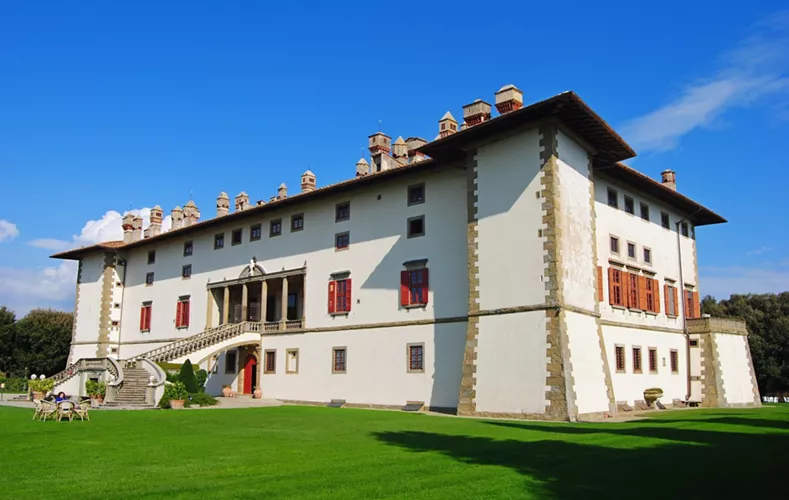
Florence, and Tuscany in general, owes much to the ancient and influential noble Florentine Medici family, who held onto power almost uninterruptedly between 1434 with Cosimo de' Medici and 1737 with Grand Duke Gian Gastone de' Medici. They reached the height of their power under Cosimo’s cousin Lorenzo de' Medici, known as “Lorenzo the Magnificent”, who is inextricably linked to the birth and development of the Renaissance.
It was during this long period of wealth and splendour that the Medici dynasty chose to build magnificent summer residences in the Tuscan countryside, places of rest, leisure and work in perfect harmony with their surroundings.
Why the Medici Villas became a UNESCO site
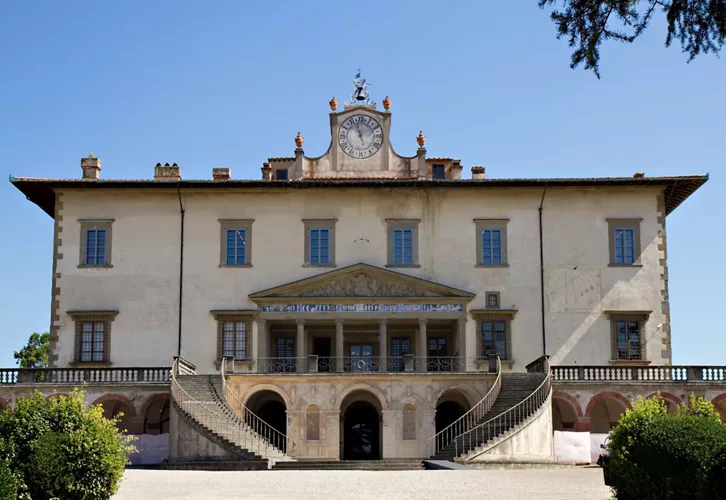
The Medici Villas in Tuscany were declared a UNESCO World Heritage Site in 2013, together with the Boboli Gardens and the Pratolino Gardens, recognising the evidence they provide today of how the Medici family influenced European culture through their widespread patronage.
Built between the 15th and 17th centuries, in harmony with the surrounding nature, the Medici villas and gardens represent the age-old infrastructure of country buildings dedicated to pleasure, the arts and knowledge.
What to see at the Medici Villas
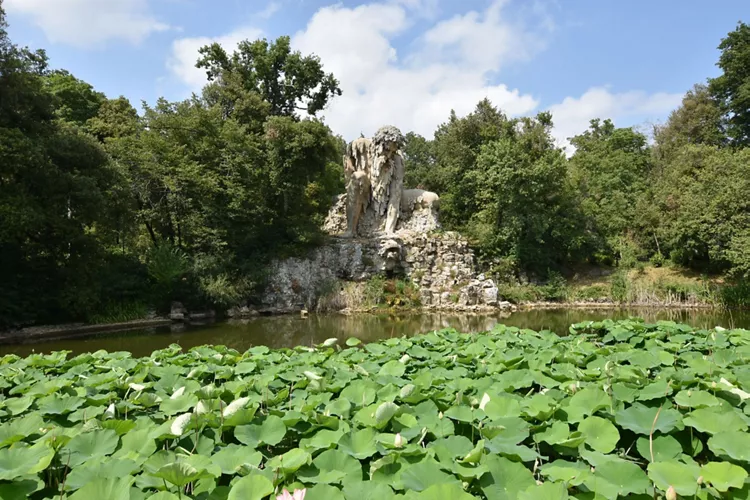
Villa La Petraia is considered among the most beautiful of the Medici Villas, a treasure perched on the Florentine hills with views of the entire city. The splendid Italian garden and richly decorated interior make Villa La Petraia the perfect starting point for a breathtaking tour of Medici splendour.
Nearby, you will also find the Medici villa of Castello, now home to the Accademia della Crusca and only open to pre-booked visitors on certain special occasions.
If you want to enjoy another unique view of Florence, you should visit the Medici villa of Poggio Imperiale on the hill of Arcetri. We recommend planning your visit on a Sunday morning: renovated in the 1700s and late 1800s, it now houses a state school. Of the Medici villas, it is the one least associated with the Italian Renaissance, with interior decorations from the Baroque period and architecture closest to the Neoclassical style.
Just outside Florence is the Medici villa of Careggi, acquired by the Medici in the first half of the 15th century and renovated for Cosimo il Vecchio by Michelozzo, who also worked on the Medici villa in Fiesole, also known as Belcanto, which is among the best-preserved Medici villas today.
The Medici villa in Cerreto Guidi, in the province of Florence, houses the Historical Museum of Hunting and the Territory. Among the few Medici residences that are permanently open, you can explore it from Thursday to Sunday.
We move on to the province of Prato, where we find the Medici villa of Poggio a Caiano, one of the best examples of the architecture commissioned by Lorenzo de' Medici. Today, it houses two museums, one dedicated to historic apartments and one to still life art.
The Medicean Park of Pratolino is a site of rare beauty. The villa it housed was destroyed in 1822 before being renovated to become Villa Demidoff. At the park, you are sure to be wowed by Giambologna's Colossus of the Apennines, as you lose yourself in the two Italian gardens and the romantic landscaping.
The Boboli Gardens also feature on the UNESCO World Heritage list, a perfect example of an Italian garden filled with ancient and Renaissance statues. Located behind the Pitti Palace in Florence, and connected to the Forte di Belvedere fortress, you can while away the hours here enjoying relaxation and art.

